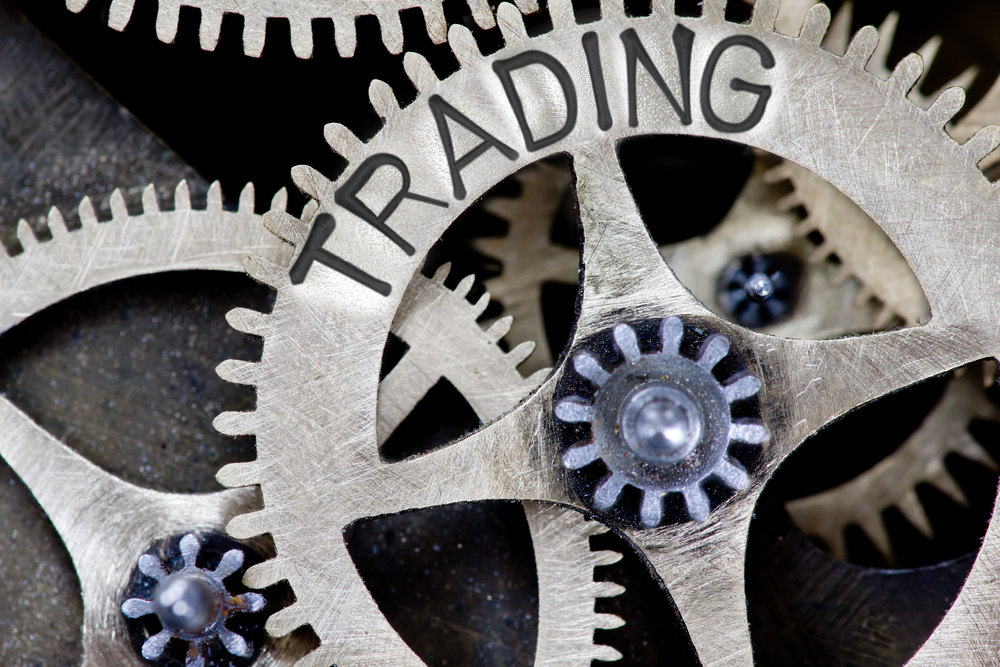We all like certainty in our trading, in fact we crave it. In many ways it is a part of what’s often termed the “Holy Grail” of trading, that we all search for. The Holy Grail isn’t a perfect trading strategy and method that wins 100% of the time, it’s an overall trading plan with a positive expectancy that, if repeated constantly and consistently, results in predictable and profitable trading.
Many of us more experienced traders go to great lengths to sell the benefits to novice traders of using stops in our trading, whether they’re hard stops, or trailing stops. They add certainty and predictability to our trading. When we know, for example, that we can only lose 1%, or 2% of our account on any given trading day, or perhaps only lose a maximum of 1% on a single trade, we begin to develop security and certainty to our trading, two trading characteristics which are the bedrock of successful trading.
However, there’s the ‘other side’ of our trades that we often neglect, we can become so obsessed with regards to limiting out losses, that we fail to pay attention to any notion of limiting our profits. In many ways the very thought of “limiting your profits”, is counter intuitive. Who would want to limit their profit on each trade? Surely we’d want to run the profit on each individual trade to the absolute max?
We instinctively fear that if we walk away from the table, having left profit in a move, then we might not see such a momentum move again for some time. So how do we apply take profit limit orders, do we place our limit order at the turning point of an indicator, or when price reaches a certain level, or when our percentage gain has reached a certain level? It can be a highly complex decision, which we’ll attempt to simplify. In discussing the methods we’ll hypothetically use the example of a day trader, who will not hold the trade overnight and not be looking for swing trading opportunities. Day traders will perhaps only trade the one forex currency pair and look to trade key high impact news announcements, they’ll either look to trade the news, or more likely, look to trade the reaction to the medium, or high impact news event.
One method is to ascertain what represents a big move for a currency pair, if we consider a 1% fall on a currency pair such as EUR/USD to be a highly significant move, then surely we’d consider a 1% rise to be highly significant? And we’d be correct. Historically, if we were to employ a back test to determine the most extreme currency pair movements in any given trading day, then we’d quickly establish that a 1% rise in a considerable surge, a daily rise that (whilst not unusual), is a relatively rare occurrence, it may only happen once every five to ten trading days. A 1% rise on, for example, one of the three major currency pairs, such as EUR/USD, USD/JPY, GBP/USD, would generally see the third pivot point/support and resistance levels of S3 and R3 breached, these levels certainly aren’t reached every day, they’re often not breached week to week.
Now whilst our 1% risk parameter shouldn’t necessarily be tuned to match a 1% gain, we can perhaps use the notion that historically a 1% move in a trading day for a currency pair represents an extreme percentage move. Therefore, when looking to set take profit limit orders, this line in the sand could be effectively used to set a take profit limit order.


